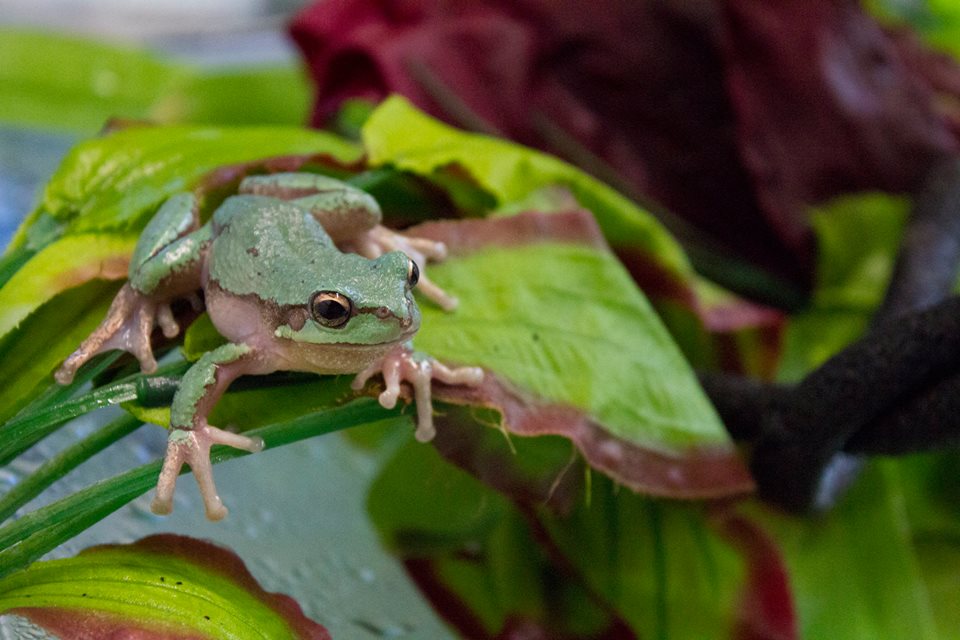"Last Friday afternoon, after work, I travelled to Blackmans Bay to see if I could capture a kelp gull, tangled in fishing tackle, that had been eluding capture for quite some time. Seeing that she was still too mobile for straightforward capture, and not having a net, I used some bread from a local cafe to attempt to lure the bird. She had a squid jig snagged under one wing, and the fishing line wrapped tightly around both legs. I crawled, crept and walked after her as she was able to hop up and flap a couple of times to stay out of reach, over and over again. Hands and knees, knees and elbows, commando crawl for over 45 minutes. That's three quarters of an hour. It felt like 10 minutes. The gull eventually tired enough that I was able to quickly lunge, gently pin her down and pick her up, and walk to the car, bird under arm, honking angrily, amidst strange looks and concerned questions from numerous passers by. I drove to AHVEC with the gull scrabbling and rattling in the plastic crate which left me in little doubt that she was still spirited enough! The amazing staff at AHVEC used a bit of gas to subdue the bird, remove the fishing line and squid jig, and pronounced the bird fit for release that evening.
Releasing the gull back at Blackmans Bay was one of the most uplifting experiences I have ever had. Watch the video and you can imagine her thinking "Ooh! Wings! Wings! I can move my wings! Yep, full movement!" To make sure she was OK, I approached her, and she took flight. And kept flying, much further than necessary. I hope she's still OK, and that the swelling in her legs has subsided, and that the remnants of the wound under her wing has healed fully.
Many thanks for Greg and staff for providing the opportunities to interact with our wildlife like this. This was a happy ending, but certainly no more important than the many calls requiring injured marsupials, for example, to be transported for euthanasia.
I also learned that patience is a virtue, and to not give up on a rescue to soon.
I will remember this experience for the rest of my life, and am more keen now to continue to take on the challenges that arrive daily on my phone".
Click here to watch the video link of the release.





















































